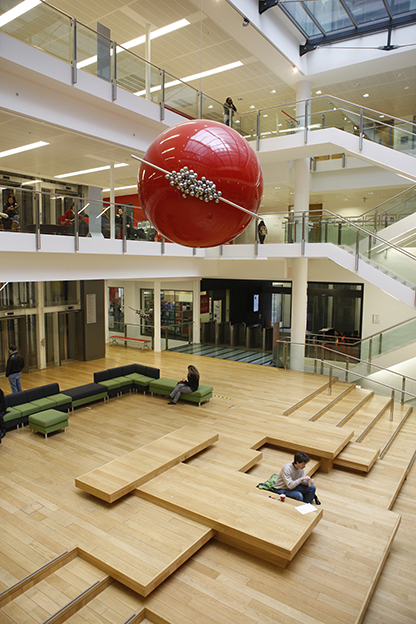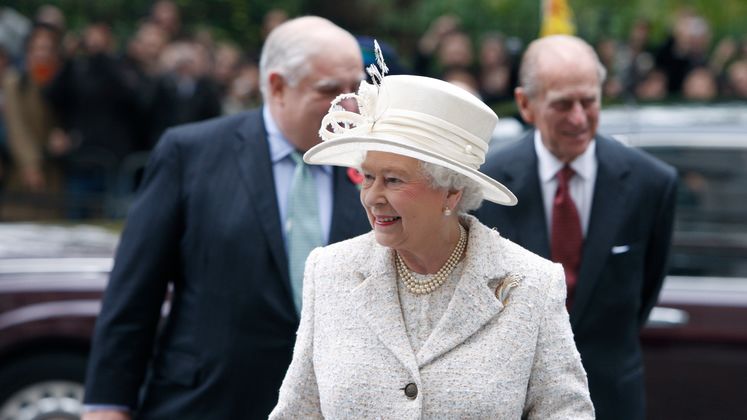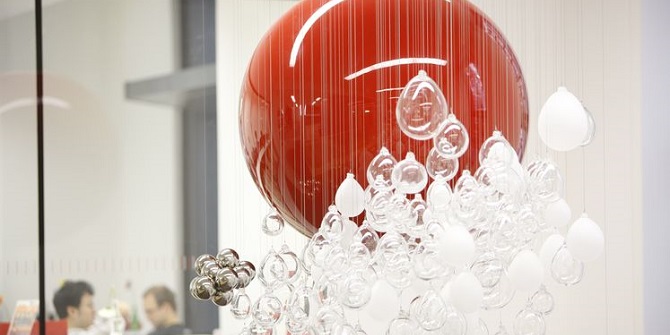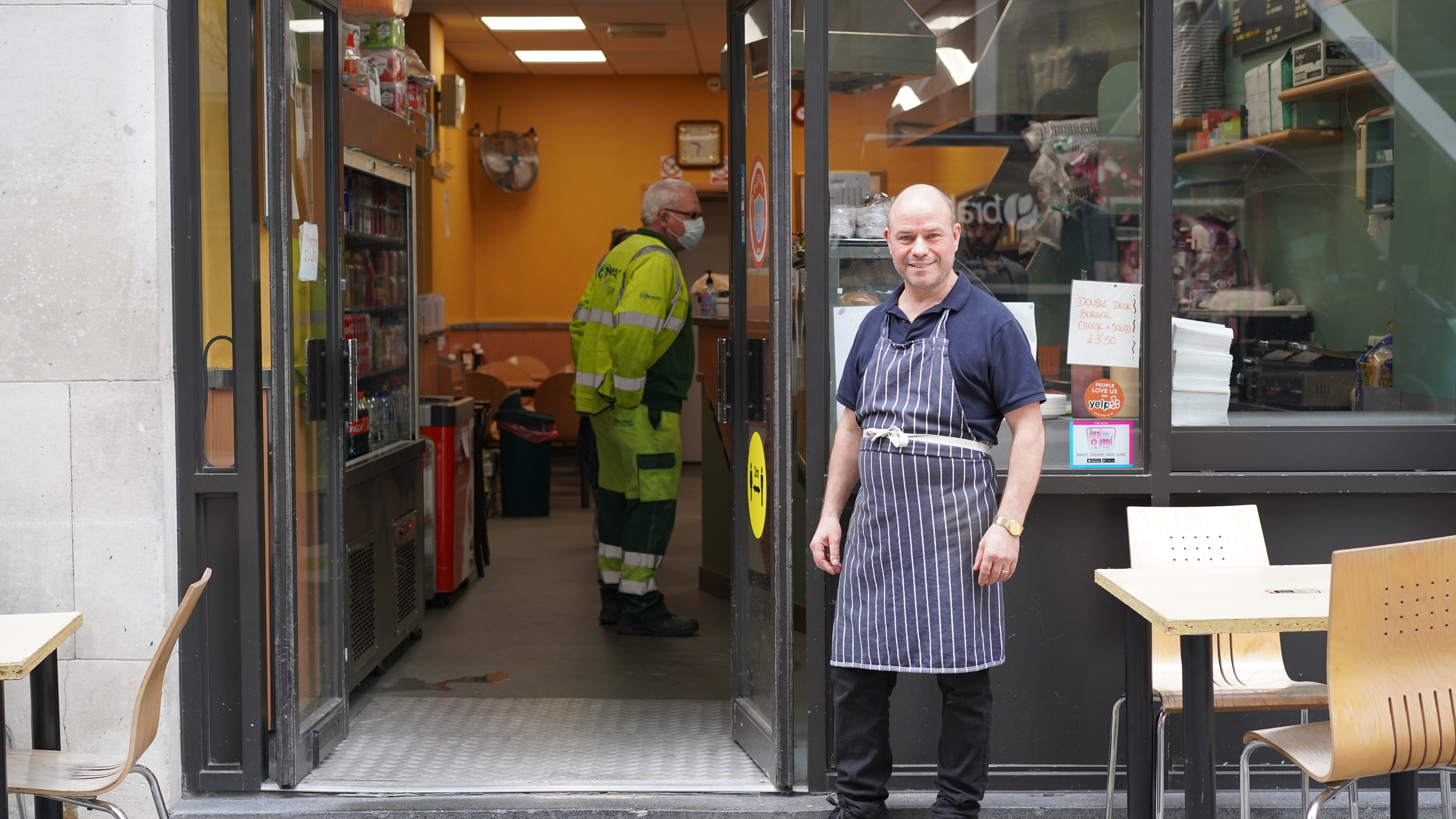On 5 November 2008 Queen Elizabeth visited LSE to open the New Academic Building on Lincoln’s Inn Fields. It was the first visit to LSE by a reigning monarch since her grandfather, George V, laid the foundation stone of the Old Building. LSE Archivist, Sue Donnelly, looks at the history of the New Academic Building.
In the eighteenth century the corner of Lincoln’s Inn Fields where Sardinia Street runs to the Kingsway was the site of the Sardinian embassy. After the departure of the embassy its chapel became the place of worship for local Catholics and in the nineteenth century it was place of densely populated tenement buildings. On Charles Booth’s colour coded poverty maps the chapel is surrounded by dark blue indicating an area of chronic want.
During the construction of the Kingsway these tenement buildings were swept away and replaced by the grand office blocks we see today. The New Academic Building (NAB) was built between 1912-1915 to house the Office of the Public Trustee and Lunacy Commissioner, the government service charged with overseeing the estates of those who were too young or incapable to do so and without family to support them.

The building was designed by Henry Tanner (1949-1935), an architect working for the Ministry of Works. In 1898 he was appointed Principal Surveyor, changing his title in 1901 to Principal Architect and Surveyor and worked on several major projects, including the Land Registry Building, now 32 Lincoln’s Inn Fields. Tanner was a practical planner understanding that “a building should be designed for the work for which it is intended”. The NAB was designed in the French influenced Beaux Arts style and the architectural historian, Niklaus Pevsner wrote that it “seems soothingly restrained compared to other neighbouring buildings” on Kingsway.

After lying empty for some years the building was bought by LSE in 2004 and transformed by the architects Grimshaw into an academic building with a triple height atrium, roof pavilion and terrace and the 400 seater Sheikh Zayed lecture theatre in the basement. It was the first LSE building to directly face Lincoln’s Inn Fields through an open forecourt and meeting space. The building includes teaching space, academic offices, events venue and cafés. The NAB was the first university building to achieve “excellent” status in the Buildings Research Establishments environmental assessment method (BREEAM).

The building was further enhanced by two works of art. Elenchus/Aporia by Joy Gerrard hangs in the Atrium, visual reference to the Socratic methods of debate. Outside Richard Wilson’s Square the Block provides an alternative view of the building.

On 5 November 2008 the Queen, accompanied by Prince Philip, attended the building’s official opening. She was greeted by local primary school pupils and met staff and students from LSE as well as unveiling a plaque. In a discussion about the 2008 credit crash the Queen famously asked some of our academics “Why did nobody see it coming?”. This short film was produced about the development of the building with scenes from the opening ceremony.





